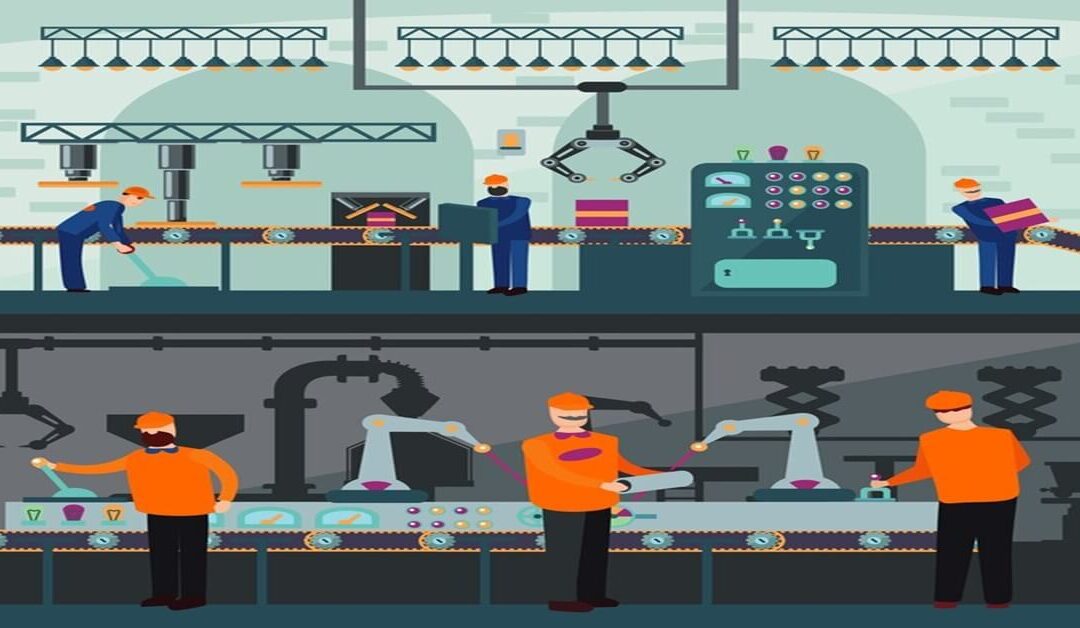
Factors of Production
The production process is a cornerstone of economic activity, driven by key components known as factors of production of The Pillars of Economic Activity These factors are indispensable in the creation of goods and services. Traditionally categorized as Land, Labor, Capital, and Organization, they play a pivotal role in any production system. Let’s delve deeper into these foundational elements.
1. Land: The Natural Foundation
In everyday language, “land” refers to the soil or surface of the earth. However, in economics, land encompasses all natural resources provided by nature. This includes not just the soil, but also water resources, forests, minerals, oil, mountains, wind, light, and climate. These resources form the base upon which production processes are built.
2. Labour: The Human Effort
Labour is the human energy—both physical and mental—that drives production.
⇒ Physical labour contributes to the creation of tangible goods.
⇒ Mental labour facilitates the delivery of services, such as teaching, designing, or strategizing.
Without labour, the transformation of raw materials into usable goods and services would be impossible.
3. Capital: The Man-Made Resource
Capital refers to any resource used in production that has been previously created. This includes money, machinery, tools, and manufactured goods. Capital is unique as it represents “past labour,” a term coined by Karl Marx, highlighting its origin in previous production efforts. Capital serves as a bridge between past and future production, enabling the efficient creation of goods and services.
4. Organization: The Coordinating Force
The role of organization is to bring together the other three factors—land, labour, and capital—to create a cohesive and efficient production process. Without organization, these factors cannot be utilized effectively. Organization ensures that resources are allocated, production systems are managed, and the entire process operates seamlessly.
The Evolution of Economic Thought
Historically, economists believed that land and labour were the only two factors of production. Their reasoning was simple:
⇒ Capitalwas considered an extension of land and labour, as it is created from them.
⇒ Organizationwas seen as a subset of labour, since it is carried out by individuals.
However, as production systems grew more complex and large-scale, the importance of capital and organization became evident. They were eventually recognized as distinct factors of production, essential for systematic and profitable operations.
Primary vs. Secondary Factors
⇒ Land and Labour are regarded as the primary factors of production because they are fundamental and naturally occurring.
⇒ Capital and Organization are considered secondary factors as they enhance and optimize the use of primary resources, making large-scale production feasible.
Conclusion
The factors of production—land, labour, capital, and organization—are the building blocks of economic activity. Each plays a unique and indispensable role in the production process. As economies evolve, the interdependence and importance of these factors continue to grow, shaping the dynamics of production in the modern world.
